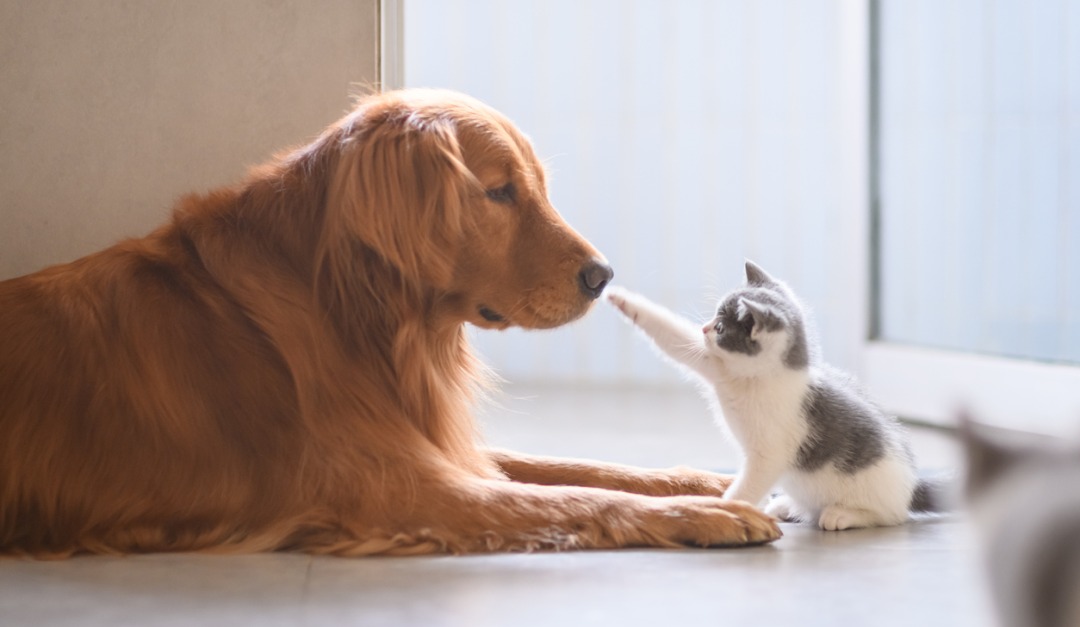
How to Help Your Dog or Cat Adjust to a New Pet
Two or more pets can become the best of friends, even if they belong to different species. When it comes to mixing dogs and cats, the way you introduce them can influence their future interactions and ability to form a relationship.
Remember That Animals are Individuals
Every pet is unique. An animal’s breed, age and past interactions with other animals can affect its relationship with your new pet.
Some dog breeds have a strong hunting or herding instinct. If your pet belongs to such a breed, prepare for the possibility that it may want to chase the other animal.
If you know that your dog or cat has an anxious or aggressive personality, use caution when introducing it to a new pet. An animal that gets stressed by change in general may run in fear from an unfamiliar dog or cat, or it may feel threatened and behave aggressively.
A puppy or kitten may be eager to play and may not realize that a larger pet could pose a threat to it. A young animal may chase an older pet, which may cause the older animal to react in an aggressive way.
A larger pet that wants to play with a puppy or kitten, but doesn’t realize how fragile the smaller animal is, may unintentionally injure the young pet. Don’t leave an older pet alone with a puppy or kitten unless you have observed them together on several occasions and you’re absolutely certain that the younger animal will be safe.
Be Patient When Introducing Pets
It’s generally a good idea to introduce two animals gradually. You can start out by placing them in different rooms separated by a door or baby gate. Feeding them on opposite sides of the door and bringing a towel that one pet used into the other animal’s room can give them opportunities to get used to each other’s scent and presence without feeling threatened. This will also let you gauge their reactions.
If both animals seem relatively relaxed, you can try bringing them into the same room. If you have a dog, keep it on a leash when you first introduce it to the other pet. That will allow you to act quickly if things take a turn for the worse.
When you get the two pets together, watch their body language. If either displays signs of aggression, such as growling, hissing or ears laid back, try to calm the animal. If necessary, separate them from each other. When both have calmed down, you can try another short meeting.
It will take time for the animals to get used to each other. Don’t try to rush or force the process. Use positive reinforcement to reward desirable behaviors rather than just punishing negative behaviors. If you need help, reach out to your veterinarian for advice.


